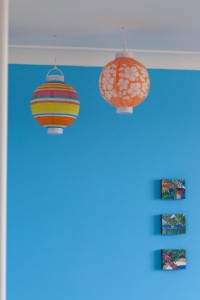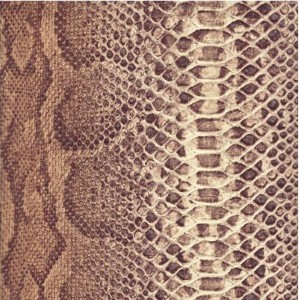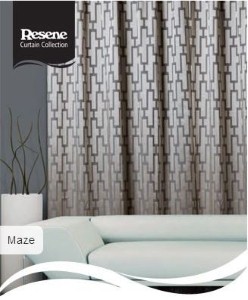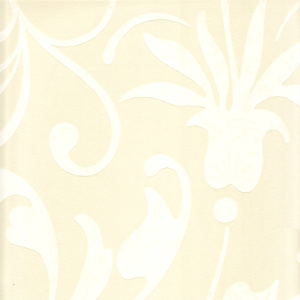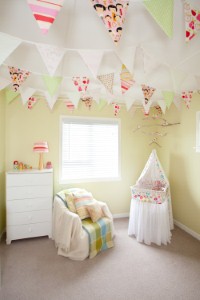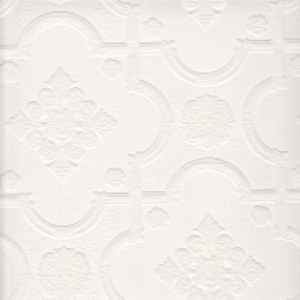There was probably some point in high school when you studied a book where colour was of great significance (think the green light in The Great Gatsby or the red A in the Scarlett Letter) and wondered if any of it was real.
Well, it is.
Colours are an important part of the way we see the world, affecting not just the aesthetic appeal of an object or a design, but also having an effect on our physicalities and thoughts.
Knowing the power of colours and understanding how they can be used to enhance the meaning of a message has been a great advantage to marketers and communicators for years – think about the common knowledge that red can make you hungrier and yellow can cheer you up, and how McDonald's uses this colour scheme.
As an interior designer, you are a communicator, and telling a story with your decisions is part of what makes you so good at your job!
On the other hand, home owners too may be interested in finding out more about the hues they choose.
White
White or various shades of off-white are common throughout homes, businesses and accommodation options.
It is often referred to as the colour of purity, cleanliness and transparency. White helps the mind to be open, clear and receptive, but if someone is feeling isolated, the shade can encourage them to feel even more cut off from the world.
Red
The meaning of red can be twofold, as it is both accepted as the colour of love, and the colour of war. 'The woman in the red dress' is often the centre of attention as this vibrant hue is an eye-catching colour that stands for passion.
It can help to regulate blood pressure, cold hands and feet, and hypertension.
Darker reds or severe shades have the ability to over-stimulate and agitate.
Green
Green is the colour of nature, and can therefore be considered a very calming design choice.
Brighter greens are known to excite the central nervous system and when used with clear blues and whites, this shade encourages physical activity.
On the other hand, dark greens can assist blood circulation and help with concentration, which you can remember by thinking that actors often wait in a 'green room' before a performance.
Pale greens offer soothing and anti-stress qualities, as well as promoting a steady heart rhythm.
Yellow
This summery shade is commonly used to bring a pop of bright colour to an area, particularly in kids rooms or kitchens.
Effects can include mental stimulation, especially when used with bright blues, yet very sharp yellow tones can be tiring and trigger headaches.
Blue
As the colour of the ocean and the sky you can expect blue to bring an airy, open feeling to a space.
Pale blues encourage rest and self-reliance while offering a balance for too much activity.
Both dark and bright blues can help to boost the immune system, and some headaches and stomach aches can be improved with these shades.
Orange
Orange is a colour that has been popping up in design circles recently, and this bright hue tends to be either loved or hated.
This cheerful and lively colour can help with muscular tension and liver disorders, as well as offering warmth and a social atmosphere to the room.
Black
The colour of night, shadows and the monsters under our beds, black is often feared as an interior design option, yet when used well it can add drama to a space.
It can even be used to rest the mind and body as it is associated with zero-light situations, and therefore night time and rest as well.
… Continue reading →

